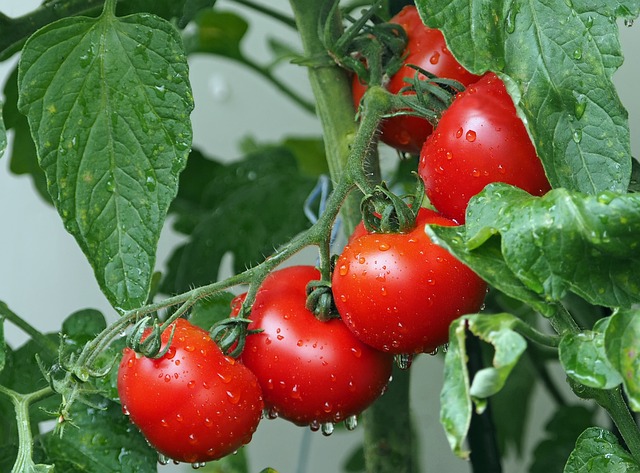Introduction:
Growing your food can be a rewarding and cost-effective way to achieve a more sustainable lifestyle. In this article, we’ll explore how home food production can save you money and even generate income. We’ll also provide a list of the best and most unusual foods to grow at home. Learn more about sustainable living and climate resilience at ClimatewiseLiving.com.
- The Benefits of Growing Your Own Food
Growing your food can help you save money on groceries, reduce your environmental impact, and provide a healthier and more delicious alternative to store-bought produce. In addition, cultivating a garden can be a therapeutic and enjoyable pastime.
- Best Foods to Grow for Savings and Profits
- Leafy greens: Spinach, lettuce, and kale are easy to grow and can be harvested multiple times throughout the growing season.
- Herbs: Basil, cilantro, and parsley are low-maintenance plants that can significantly reduce the cost of buying fresh herbs.
- Tomatoes: Homegrown tomatoes often taste better and can be more cost-effective than store-bought varieties.
- Bell peppers: Growing peppers can save you money, as they can be relatively expensive in grocery stores.
- Zucchini: Zucchini plants are prolific and can produce a large harvest with minimal effort.
- Unusual Foods to Grow at Home
- Snails: Heliciculture, or snail farming, can be a sustainable and profitable venture. Snails are a delicacy in many cultures and can fetch high prices in specialty markets.
- Mushrooms: Growing mushrooms at home can be a fun and rewarding hobby. Oyster mushrooms and shiitake mushrooms are popular varieties to grow.
- Aquaculture: Raising fish or shrimp in a backyard pond or tank can provide a sustainable source of protein for your family or be sold for profit.
- Microgreens: These nutrient-dense young plants are quick to grow and can be sold to local restaurants or farmers’ markets for a premium price.
- Edible insects: Cricket farming is gaining popularity as a sustainable protein source. Harvested crickets can be sold as food for humans or as feed for pets and livestock.
- Tips for Maximizing Savings and Profits
- Start with quality seeds or seedlings from a reputable source to ensure strong, healthy plants.
- Make your compost or source it locally to save on fertilizer costs.
- Install a rain barrel to collect water for irrigation, reducing your water bills.
- Use companion planting techniques to maximize space, reduce pests, and improve crop yields.
- Preserve your harvest by canning, drying, or freezing surplus produce to enjoy year-round.
- Selling Your Homegrown Produce
- Set up a stand at your local farmers’ market or sell directly to neighbors and friends.
- Offer a Community Supported Agriculture (CSA) program, allowing customers to subscribe to a weekly or monthly share of your harvest.
- Partner with local restaurants or specialty food stores to supply them with fresh, locally grown produce.
- Sell preserved goods, such as jams, pickles, and dried herbs, at local markets or online.
Conclusion:
Growing your food can be an excellent way to save money and even generate income. By choosing the right crops, maximizing your garden’s efficiency, and exploring unique food options, you can create a more sustainable and profitable home food production system. To learn more about sustainable living and climate resilience, visit ClimatewiseLiving.com.

Comments are closed